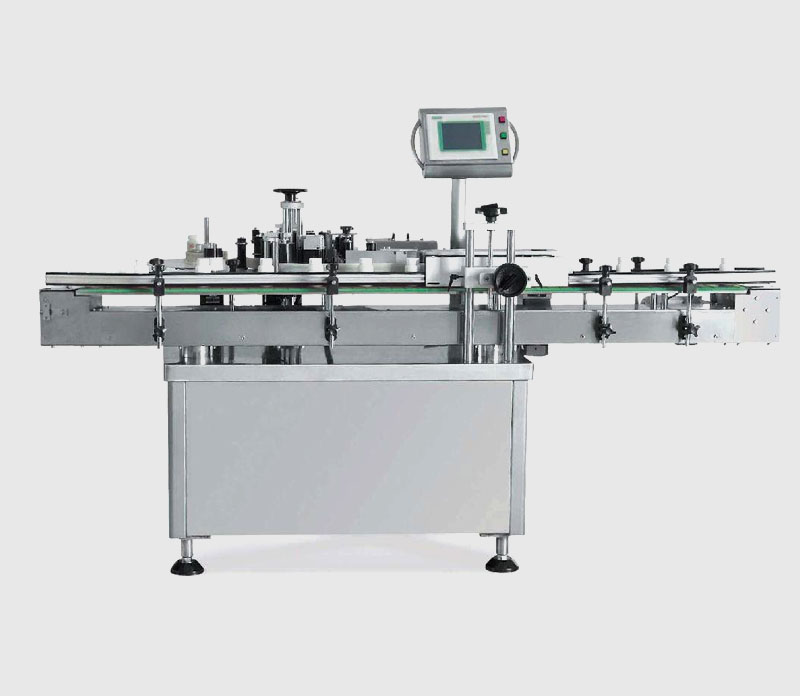Share to:
There are many types of self-adhesive label automatic labeling machines with different functions, but the basic principles are similar.
①Unwinding wheel. It is a passive wheel, used to place the roll label. Usually equipped with a friction brake device with adjustable friction, the purpose is to control the unwinding speed and tension of the reel, and keep the paper conveying smoothly.
②Buffer wheel. It is connected with the spring and can swing back and forth. The purpose is to absorb the tension of the roll material when the device is started, keep the material in contact with the rollers, and prevent the material from breaking.
③Guide roller. It is composed of two upper and lower rollers, which play the role of guiding and positioning the material of the roll.
④ Drive roller. Consists of a set of active friction wheels. Usually one is a rubber roller and the other is a metal roller, with the bottom paper passing in between. The function is to drive the roll material to achieve normal labeling.
⑤ Rewinding wheel. It is a driving wheel with friction transmission device, which is used to rewind the bottom paper after labeling. The rotation of the delivery wheel does not interfere with the delivery of the drive wheel, and the synchronous transmission is adjusted by the friction device.
⑥ Peel the board. As shown in Figure 7-2. There is an angle at one end of the peeling plate (usually less than 30°), the purpose is to make the label easy to mark out and separate from the bottom paper when the backing paper changes direction through the peeling board, so as to achieve contact with the labeling object.
⑦Labeling roller. Apply the label from the bottom paper evenly and smoothly on the object to be labeled.
The process of automatic labeling is: when the sensor sends a signal that the labeling object is ready for labeling, the drive wheel on the labeling machine rotates. Because the roll label is in a tensioned state on the device, when the bottom paper is tightly attached to the peeling plate and changes direction, the front end of the label is forced to separate from the bottom paper and ready for labeling due to the rigidity of its own material. At this time, the labeling object is located just below the label, and under the action of the labeling wheel, synchronous labeling is realized. After labeling, the sensor under the roll label sends out a stop signal, the driving wheel is stationary, and a labeling cycle ends.
No matter which type of labeling machine, the labeling process is roughly similar, the difference is: the installation position of the labeling device is different, the conveying method and positioning method of the labeling object are different, and the form of the labeling roller is different.
